Whether your desire is to educate children about the true and total history of America, or to simply discover unknown facts about our heritage that you may have missed during your days in history class, there are many Black Historic Sites and Venues around the country that can be included into your next vacation. While Black History Month may be a dedicated time of reflection set aside to retell truths concerning the lives and achievements of great African-Americans, anytime is a good time to learn about the rich legacy of our past accomplishments as a people. Where we can celebrate and take pride in our many contributions in politics, inventions, business, arts, music, sports and so much more.
Today, from what we see in the media and read in textbooks, one would think that the "Civil Rights Movement," or "Freedom Movement" only existed in a few states of the deep South. However, that is not so. The Freedom Movement lived and fought in virtually every state and every city of America and has since left astounding memorials – historic homes, museums, faith institutions and colleges which offer greater insight into the full spectrum of the African-American experience in this country. These historic sites emphasize the central role played by ordinary people transforming lives through extraordinary courage.

It was 50 years ago in Greensboro, NC, when the non-violent protests of the 1960 Greensboro sit-ins served as a catalyst in the civil rights movement. The International Civil Rights Center & Museum will have their Grand Opening on Feb. 1, 2010, commemorating the 50th anniversary of the sit-ins. The museum is built at the location of the historic 1929 F.W. Woolworth building where the A&T/Greensboro Four began their protest for equality. The museum features the original lunch counter and stools where the young protesters sat. It is noted that in the days following February 1, 1960, the sit-ins spread like wildfire throughout the South. Within three months, sit-ins were taking place in more than 55 cities. The Museum is devoted to the international struggle for civil and human rights and features educational exhibits, a gallery, auditorium, archival center and a proposed Joint Center for the Study of Human Rights.
The capital city of Jackson, MS is a top destination for vacationers looking to enjoy a family reunion, trace their Mississippi roots or to just partake in the beauty and warm southern charm of the city. Jackson is steeped in African-American history and is home to several noteworthy historic sites of discovery. The Medgar Evers Home Museum is located at the site of this leader’s humble home and is not at all awe inspiring in appearance, however, it is the location of his assassination. The neighborhood of similar houses that surround it make palpable the very simple longings for freedom and opportunity that drove the Civil Rights Movement. Here you will learn how this man became Mississippi’s first field secretary for the NAACP, worked in a boycott campaign against White merchants, was instrumental in desegregating the University of Mississippi and due to the hatred his work inspired in White supremacists, was assassinated outside of his home in 1963.
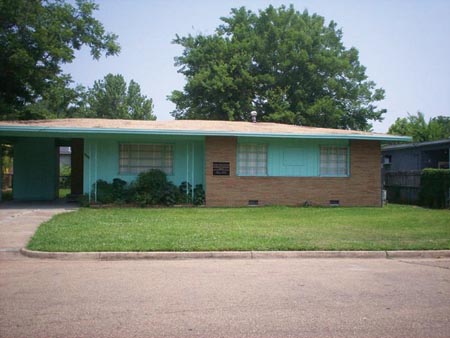
The Smith Robertson Museum and Cultural Center, located in the heart of Jackson's historic Black community, is a comprehensive depository of artifacts portraying the African-American Mississippian's experience in the fields of history, art, music, and literature. The Museum’s permanent exhibitions feature photographs and other artifacts depicting the northern migration of southern Blacks, as well as artifacts depicting the lifestyles of Blacks who remained in Mississippi. Jackson is also home to The International Museum of Muslim Cultures, which is the first museum in the United States devoted to Islam and Muslims. This museum seeks to educate the public about Mississippi's diverse cultural and religious heritage and to facilitate multicultural tolerance.
For many people, the city of Memphis, TN is synonymous with one of the most significant, and saddest, events in recent American history, the assassination of Dr. Martin Luther King, Jr. The Lorraine Motel, where King was staying when he was shot, has since become the National Civil Rights Museum. Upon entrance to the museum, there are informational exhibits recounting the beginnings of slavery, and proceeding down halls there are rooms filled with history of the African-American Civil Rights Movement.
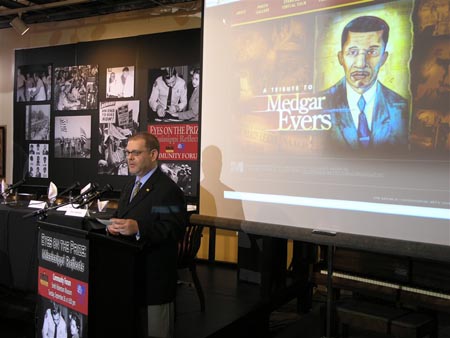
The emotional effect becomes more intense with the subsequent presence of Klan robes, lunch counters, and jail cells, and the viewing of a video showing repeated human cruelty in the streets and in courthouses of city after city. Gradually, all the individual events and artifacts add up to an astonishing whole as the museum's path takes you upstairs to motel room 306, where Dr. King is dressed for dinner on April 4, 1968. The room is restored to look exactly as he left it that evening, and just outside is the balcony where he was killed.
Long before the Civil Rights Movement brought Dr. King to Memphis, the city had already become one of the most important cities in the South for Blacks. After the Civil War and the abolition of slavery, Memphis became a magnet for African-Americans, who came seeking
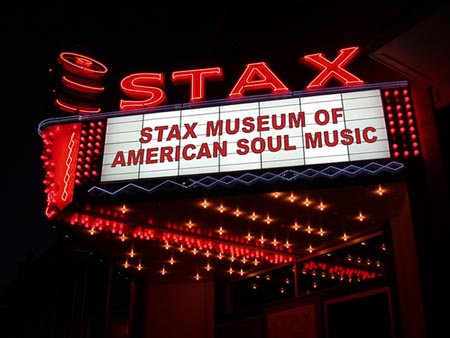
economic opportunities. The Beale Street Historic District is the site where they headed to start their search. The Beale Street Historic District is the most visited attraction in Tennessee, drawing 4.2 million visitors a year. Beale Street's most famous citizen was W. C. Handy, the father of blues. W. C. Handy Park, with its statue of the famous blues musician, is about halfway down Beale Street. Music lovers will also enjoy The Stax Museum of American Soul Music, which is at the original site of Stax Records. Besides exhibits related to the Stax label, as the "only soul museum in the world," the museum also spotlights the music recorded by other companies like Muscle Shoals, Motown, Atlantic and Hi Records.
Nowhere in the pre-Civil War South was the slave-based agriculture economy more dominant or fully developed than in the region of Natchez, MS. As a result, there are many African-American experiences that are worthy of being sustained throughout history, subsequently, much to see, experience and learn.
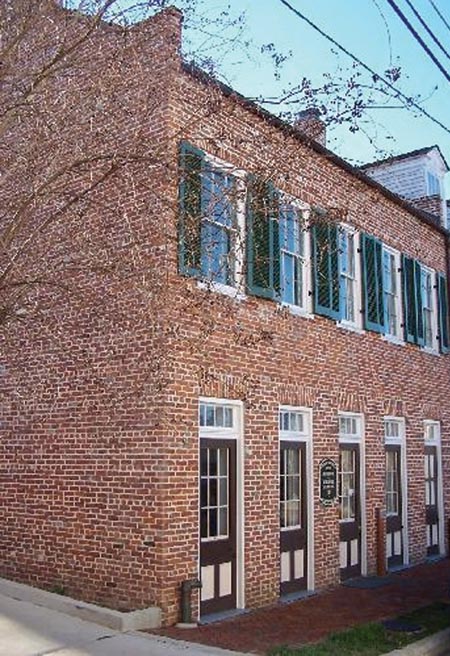
The Natchez Museum of African-American History and Culture’s current exhibits encompass an era from the 1890s to the 1950s and include over 600 original items such as "Portraits of Black Natchez," The Rhythm Night Club Fire, and Beginnings of America's Cotton Kingdom. At the Mostly African Market, located at 125 St., art is exhibited by various artists throughout the year. African and African-American regional art and crafts are featured. Try to schedule your trip to Natchez in early to mid July in order to participate in the annual Blues Festival. Located in downtown Natchez, the William Johnson House complex consists of the actual Johnson home. William Johnson, a free Black barber in Natchez, used bricks from buildings destroyed in the infamous tornado of 1840 to construct the State Street estate and commercial business area. The William Johnson House, recently renovated by the National Park Service, allows guests to learn more about the life of free African-Americans in the pre-Civil War South. Guests will also learn about the extensive diary kept by William Johnson from 1835 to his death in 1851, which detailed everyday life in Natchez. Although a Black man, at the time of his death, Johnson owned 16 slaves. He writes openly in his diary about his slaves and his trial and tribulations of being a slave owner.

In the state of Florida, many Historic Sites and Venues can be found. In Miami, in 1997 the Haitian Art Factory opened its doors to the public. This bright little shop, wedged cozily between Little Haiti and Miami Beach gets many return visitors as it is often refreshed with new paintings, sculptures, sequined pieces, and other decorative accessories from Haiti, as well as other Caribbean and African art. The African Heritage Cultural Arts Center in Miami serves as a nesting ground for emerging talent in the performing and visual arts. The facility houses a 300-seat music hall with rehearsal/practice rooms, the 250-seat fully outfitted Wendell A Narcisse Performing Arts Theater, a 1,900-sq. ft. dance studio, and several multipurpose classrooms for ceramics, photography, band, painting, and chorus.
The African-American Research Library and Cultural Center in Fort Lauderdale is a general-service library, as well as a research facility and cultural center containing more than 75,000 books and related materials that focus on the experiences of people of African descent. The center features literary collections of African-American authors, Books and artifacts from Africa, the Caribbean, and North and South America. In Gainesville, Florida visit the Pleasant Street Historic District, which contains the oldest Black residential area in Gainesville and has remained the religious, educational and social center for the Black community for over a hundred years.

The Birmingham Civil Rights Institute in Birmingham, AL signifies that this city does not try to hide from its past. The institute captures the spirit and drama of the countless individuals, both well known and unsung, who dared to confront racial discrimination and bigotry. The institute views the lessons of the past in a positive way to chart new direction for the future. The institute's permanent exhibitions are a self-directed journey through the Civil Rights Movement, as well as the human rights struggles of today. It's located in the Historic Civil Rights District surrounded by the 16th Street Baptist Church, the site of the 1963 bombing that killed four African-American girls, Kelly Ingram Park, and the Alabama Jazz Hall of Fame. There is an admission fee for adults and children; however, Sunday’s are always free to the public. Listed on the National Register of Historic Places as the oldest baseball park in the nation, Rickwood Field Park in Birmingham on 2nd Ave. served as the home park for the Birmingham Barons and the Birmingham Black Barons of the Negro Leagues. Baseball legends Rollie Fingers, Burleigh Grimes, Reggie Jackson, Willie Mays and Satchel Paige all played there.
Much of the history of African-Americans in Baltimore, MD is not
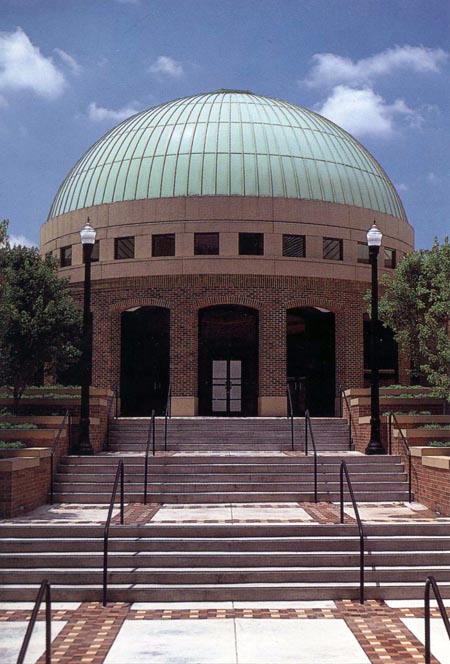
widely known. In 1860, there were more free African-Americans living in Maryland than any other state. The city has been home to many "freedom fighters" that chose liberty, transformation and human rights over comfort and personal security. Frederick Douglass moved to Baltimore City as an 8-year-old boy. Douglass maintained an unshakable belief that no man had the right to "own" him, in mind, body or spirit. His convictions propelled him to become an abolitionist, publisher, writer, orator and great American thinker. A statue of Frederick Douglass stands at Morgan State University. If you’re in the city during the summer months, be sure to take the Frederick Douglass "Path to Freedom" Walking Tour. Another great American, Thurgood Marshall, born and raised in West Baltimore, became America's first African-American Supreme Court Justice in 1967. Prior to this, Marshall led the legal team that won Brown v. The Board of Education, the landmark 1954 Supreme Court case that marked the end of legal segregation in America's schools. Visitors can schedule a tour of the NAACP's National Headquarters in Baltimore, and view a life-size replica of Marshall at the National Great Blacks In Wax Museum.
While in Baltimore, you can visit the Babe Ruth Birthplace Museum, a tribute to Babe Ruth and baseball including great memorabilia, history and exhibits on the Negro Leagues. The Leon Day Park is named for Leon Day, the 12th player from the Negro Leagues to be inducted into the National Baseball Hall of Fame. The Leon Day Park is one of eight parks connected by Gwynns Falls Trail, Baltimore's 15-mile hiking and biking trail. The Maryland Historical Society houses an impressive collection of archives and art where one can journey into Maryland's past to see the work of African-American artists, and tributes to African-American activists and leaders in Maryland history.

At the Star-Spangled Banner Flag House, along the Baltimore Heritage Walk, enjoy exhibits and guided tours about flag maker Mary Pickersgill and young Grace Wisher, the African-American girl who worked for Pickersgill when she sewed the famous flag that inspired America's national anthem, "The Star-Spangled Banner."
Baltimore is also home to the largest African-American museum on the East Coast. Designated a Smithsonian Affiliate. The Reginald F. Lewis Museum of Maryland African-American History & Culture includes a 200-seat theater, an oral history studio, classrooms and spacious exhibition space. The museum's striking architecture is an expression of Maryland's African-American spirit — one of beauty, grace, strength and power. Its physical location has historical significance as well. The museum's entrance faces what was once a pre-Civil War slave market; a somber yet inspirational reminder of our history and our survival.
Did you know that the first Black-owned McDonald's is in Cleveland, OH? In 1969 an African-American attempted to purchase this restaurant, but was denied due to racial bias; that lead to a community-wide boycott of McDonald's in Cleveland; the successful boycott caused business owners to sell McDonald's f
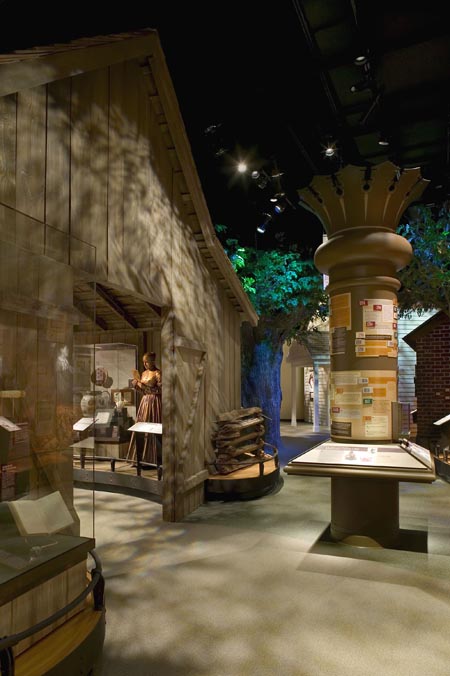
ranchises to Blacks nationwide as well as in Cleveland. Cincinnati, OH was a major hub on the Underground Railroad in the 1800s and served as an important refuge for thousands fleeing slavery. Today, the National Underground Freedom Center is a symbol of enduring freedom. The Center offers interactive educational programs to promote an understanding of slavery and the resistance movements, including movies and donation details. Situated in Cincinnati, the center highlights the struggles of slavery, from a historic standpoint as well as in our modern day. Through the ongoing work of the Freedom Center, modern slavery is exposed.
The National Afro-American Museum and Cultural Center near Dayton, OH aims to educate the public about African-American history and culture from African origins to the present through a variety of programs. One Featured Exhibit is The Journey of Hope in America: Quilts Inspired By Barack Obama. On exhibit from December 18, 2009 through December 18, 2010, this exhibition features 90 quilts commemorating a milestone in American history – the election of an African-American as commander in chief of the most powerful nation on earth.
For more fun and exciting multicultural events and locations to travel to and throughout Ohio, visit
discoverohio.com/multicultural.